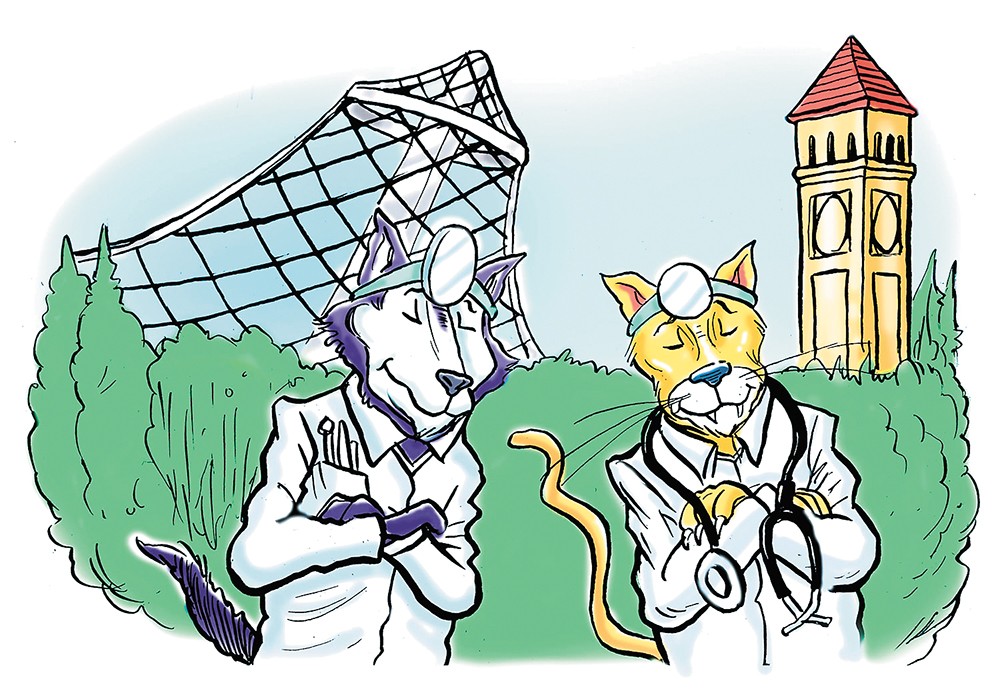After ending their partnership for medical education in Spokane, both Washington State University and University of Washington want more than to simply have their own medical schools.
They want the schools to expand and thrive.
This school year, 60 new medical school students began their training in the University District, part of the UW School of Medicine's partnership with Gonzaga University.
It was the largest-ever incoming class of medical students in Spokane.
But it likely won't be for long. Washington State University's new medical school — the Elson S. Floyd College of Medicine — aims to welcome 60 students next year. Down the road, says WSU Spokane Chancellor Lisa Brown, the goal is to have 120 students enter the program per year.
Not to be outdone, the UW-Gonzaga partnership plans on asking the state Legislature in the upcoming session for funding in order to expand its Spokane class from 60 students to 80 students, starting in fall 2017, and possibly more in the future.
This means the University District will see new medical buildings and research facilities. The influx of medical talent could help transform the already revitalized part of town.
"I think we're becoming a hub for health science professional education," Brown says.
The goal, for both medical schools, is to help solve the doctor shortage in rural parts of the state, since students are more likely to practice medicine in the state where they went to school.
The UW School of Medicine has provided medical education in Eastern Washington for 45 years through a five-state program called WWAMI (Washington, Wyoming, Alaska, Montana, Idaho). It formerly partnered with WSU for medical education in Spokane before WSU announced plans to launch its own medical school. After some jostling, the two schools agreed to part ways, and each now has its own medical school in Spokane. In October, WSU earned accreditation, planning to enroll its first class of 60 students in August 2017.
Brown says that having strong medical schools, along with the nursing programs in the University District, can become an "anchor for industry" in the community. With the increase in medical school students, both the UW-Gonzaga partnership and WSU envision building more facilities in the area. Part of the University District's development involves a pedestrian bridge that will connect to the East Sprague business area.
Brown sees the University District becoming like Seattle's South Lake Union neighborhood, having a "marriage of academic research with health delivery entities."
"We know that private development adjacent to the campus in the U-District is really just about to take off in a very big way," Brown says.
Greater Spokane Incorporated is leading an initiative called Vision 2030 for the U-District, with the goal of developing health care and life sciences industry growth to benefit the local economy. Courtney Law, director of the UW-Gonzaga regional health partnership, says that Gonzaga wants to make sure it has a seat at the table for that vision.
"You realize more economic vitality through having a strong health care system, through having schools here and contributing our piece," she says.
Ian Goodhew, UW Medicine director of government relations, says the UW hopes to invest more in the Spokane community down the road.
"I would hope that five, 10 years from now, we have a very big presence and profile in the U-District," Goodhew says. "That's our goal, is to be here." ♦





















